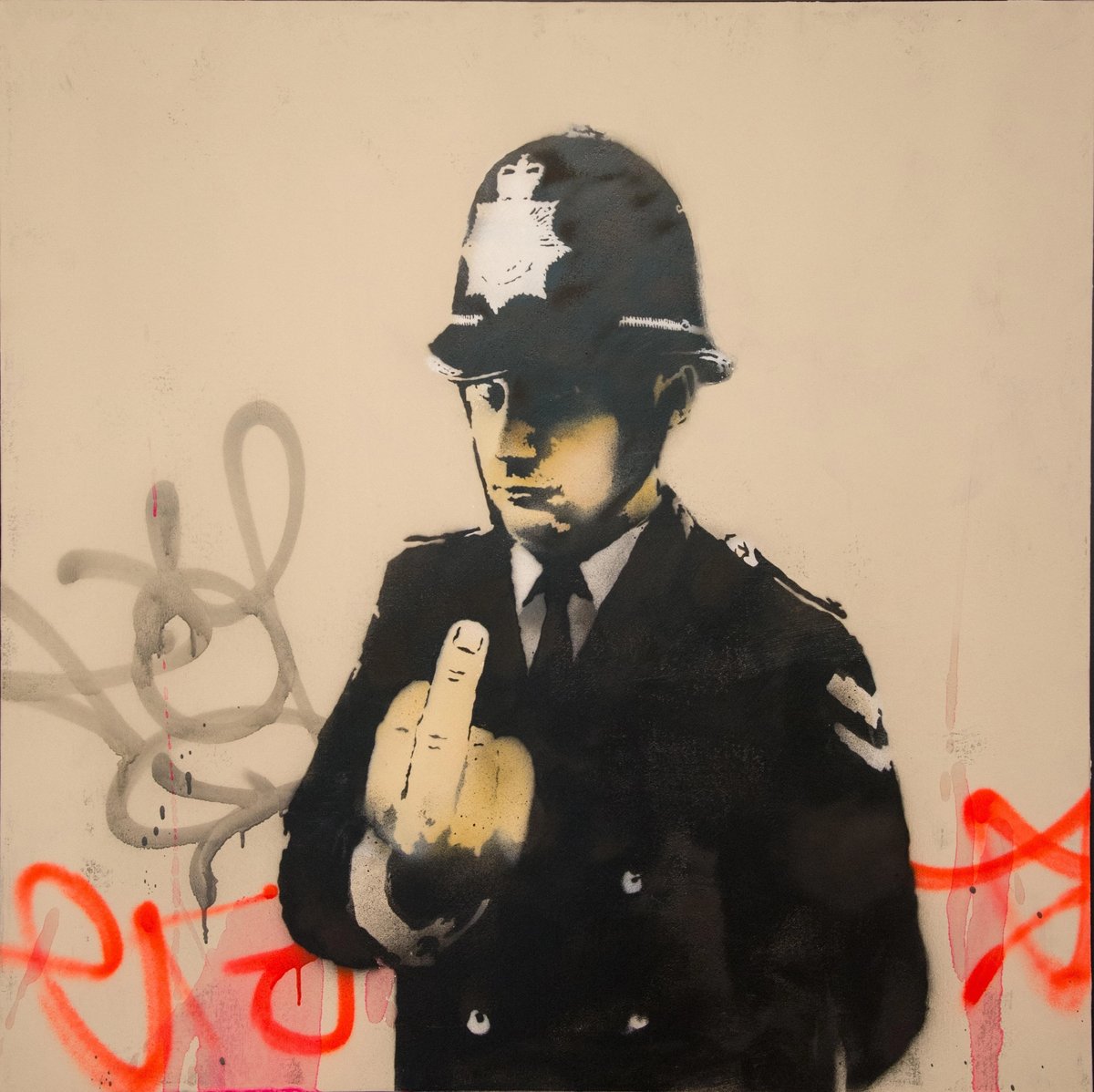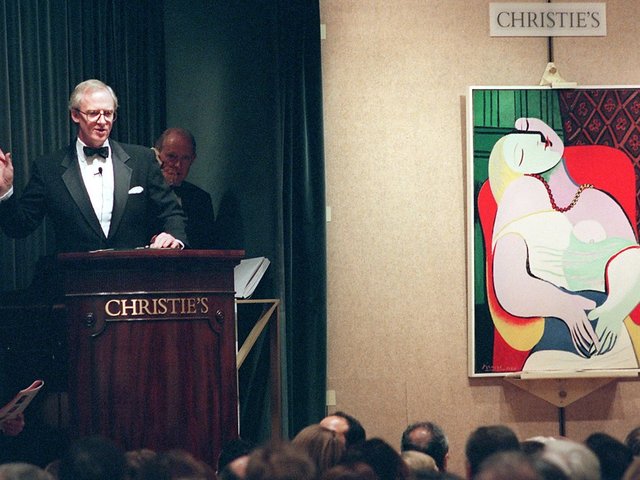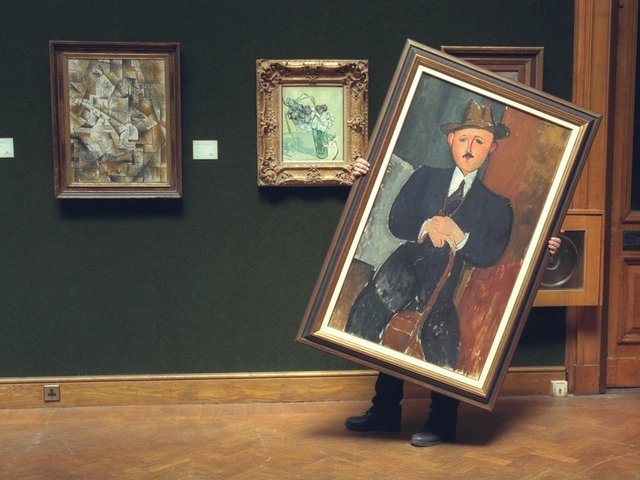More than 1,600 works of art created by over 400 artists are claimed to have been "secretly traded" using shell companies and tax havens, according to the latest revelations from the Pandora Papers.
The data was revealed by the International Consortium of Investigative Journalists (ICIJ), which is working with media outlets globally to sift through 11.9m financial documents which were leaked from an unidentified source in 2021. It is the latest analysis from the investigation directly relating to the art world.
“The [papers] show how the opacity of the offshore world allows wealthy people to hide their wealth and assets, including art, and possibly avoid taxes on those assets,” says Scilla Alecci, a journalist who has worked on the project for more than two years. “Experts [have] told ICIJ that, until beneficial ownership registries and other transparency measures are enforced, art trade regulations alone cannot stop the use of art for money laundering and other illicit purposes.”
The art in question includes "more than a dozen" works by Banksy bought by the London financier, Maurizio Fabris, beginning in 2009 via an offshore trust in New Zealand (which at the time offered anonymity to owners of such entities), that was set up with the support of Asiaciti Trust financial services.
According to the ICIJ report, the works included examples of Banksy's Girl with Balloon, Flower Thrower and two versions of Rude Copper. The report claims that Fabris signed a contract with the managers at Asiaciti Trust that allowed him to display the art at home, at no cost. "When a trust becomes the legal owner of assets, the collector may be able to avoid or defer taxes on wealth, estate and capital gains," the ICIJ writes, adding that "Fabris’ trust later sold three of the Banksy works to a London gallery managed by Banksy’s former agent".
The Art Newspaper’s attempts to contact Fabris were unsuccessful at the point of publication but a legal representative for him told the ICIJ that "he declared all his offshore holdings to the British authorities and paid taxes in the UK, where he resides."
Indeed, whilst the papers offer rare insight to the financial dealings of the ultra-wealthy, many of the arrangements involving art are seemingly legal examples of the use of offshore entities and shell companies, rather than evidence of illegal activity.
“It’s exciting to have something approaching real data as to the amount of art caught up in ownership of offshore companies, rather than anecdotal evidence, but it is also important to look at these figures in context,” says Rena Neville of Corinth Consulting. “1,600 artworks is a drop in the bucket in the context of the reported 30m-plus objects trading in the art market every year for the last 10 years."
Evidence supporting claims of illegal activity were, however, identified by the papers regarding the late antiquities dealer, Douglas Latchford, who was indicted in 2019 for trafficking antiquities. While Latchford denied the claims until his death in 2020, documents from this data leak showed how offshore accounts were used to obscure the sale of looted artefacts from Cambodia.
Other art-related revelations emerging from the Pandora Papers have included the prominent Sri Lankan Rajapaksa family buying art through a shell company; the Brussels-based Vedovi Gallery whose 2017 catalogue (which was allegedly worth more than €15m) was registered in Hong Kong, thus avoiding tax; and the use of offshore companies by the Indian auction house, Saffronart. None of these parties have been accused of illegal activity.





